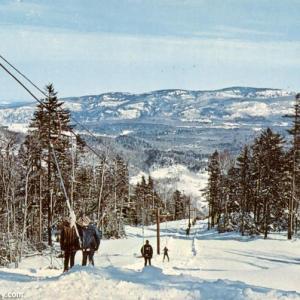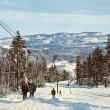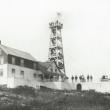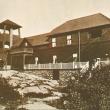Barbara Dyer: Camden in 1965
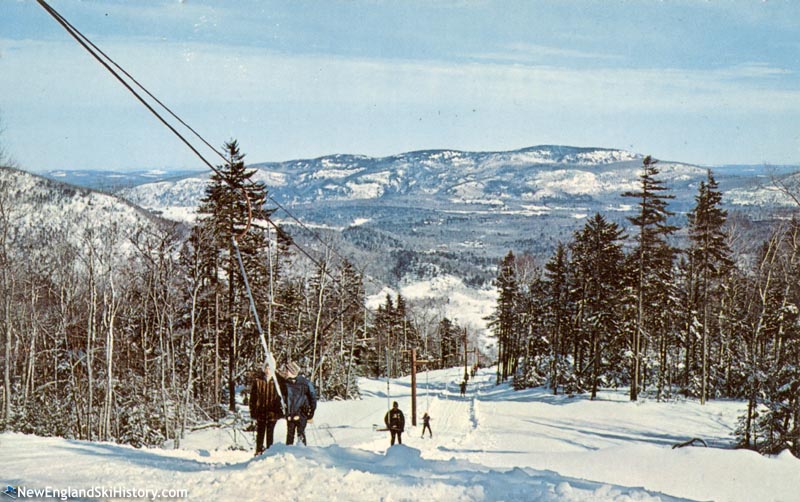 The Big T Bar at the Camden Snow Bowl. (Photo courtesy Barbara F. Dyer)
The Big T Bar at the Camden Snow Bowl. (Photo courtesy Barbara F. Dyer)
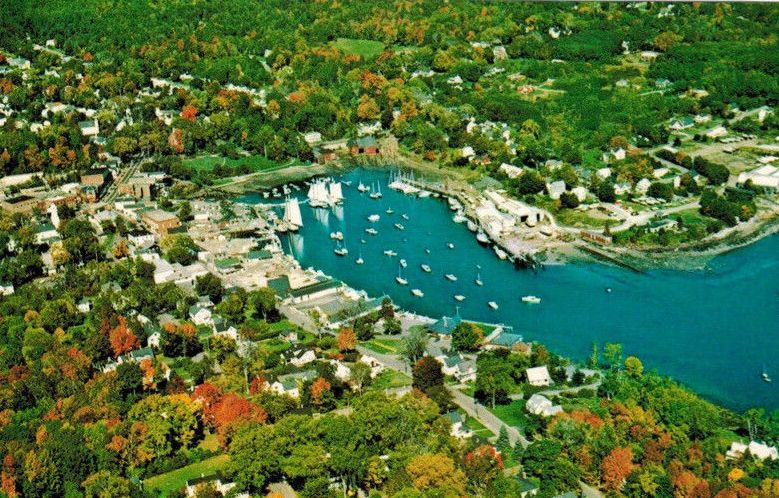 1960s Camden Harbor. (Photo courtesy Barbara F. Dyer)
1960s Camden Harbor. (Photo courtesy Barbara F. Dyer)
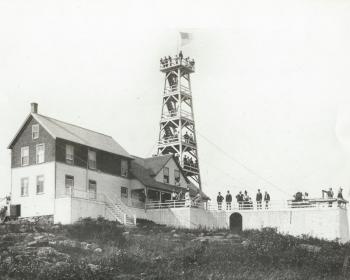 The Mt. Battie House. (Photo courtesy Barbara F. Dyer)
The Mt. Battie House. (Photo courtesy Barbara F. Dyer)
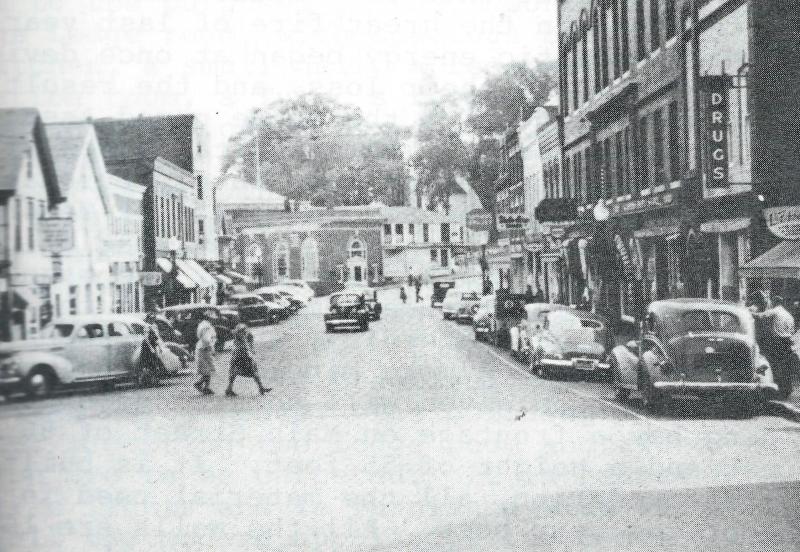 Main Street Shopping District in Camden (not in 1965, earlier by a decade-plus). (Photo courtesy Barbara F. Dyer)
Main Street Shopping District in Camden (not in 1965, earlier by a decade-plus). (Photo courtesy Barbara F. Dyer)
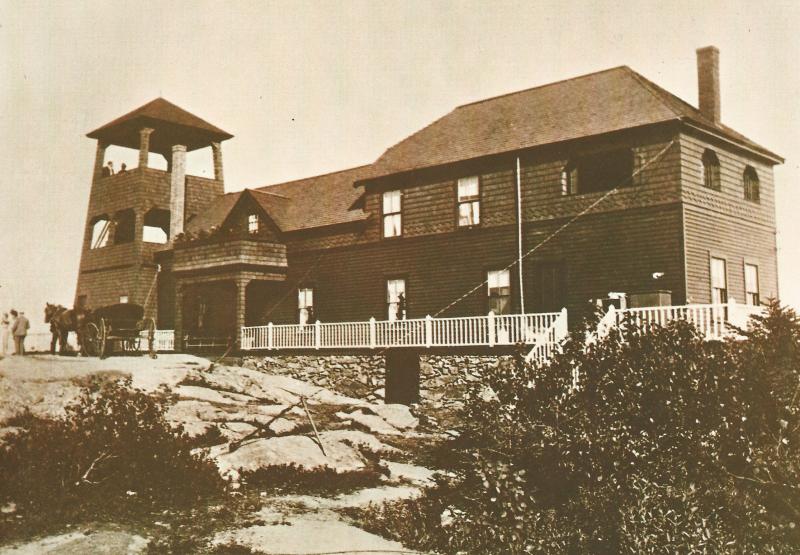 The Summit House on Mount Battie. (Photo courtesy Barbara F. Dyer)
The Summit House on Mount Battie. (Photo courtesy Barbara F. Dyer)
 The Big T Bar at the Camden Snow Bowl. (Photo courtesy Barbara F. Dyer)
The Big T Bar at the Camden Snow Bowl. (Photo courtesy Barbara F. Dyer)
 1960s Camden Harbor. (Photo courtesy Barbara F. Dyer)
1960s Camden Harbor. (Photo courtesy Barbara F. Dyer)
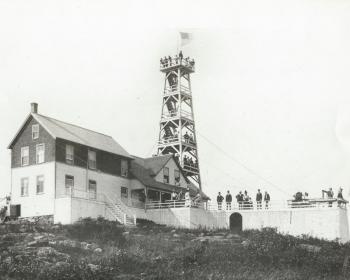 The Mt. Battie House. (Photo courtesy Barbara F. Dyer)
The Mt. Battie House. (Photo courtesy Barbara F. Dyer)
 Main Street Shopping District in Camden (not in 1965, earlier by a decade-plus). (Photo courtesy Barbara F. Dyer)
Main Street Shopping District in Camden (not in 1965, earlier by a decade-plus). (Photo courtesy Barbara F. Dyer)
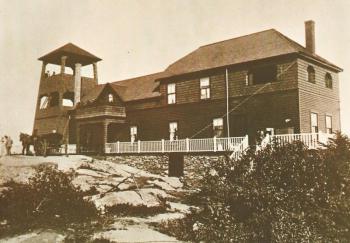 The Summit House on Mount Battie. (Photo courtesy Barbara F. Dyer)
The Summit House on Mount Battie. (Photo courtesy Barbara F. Dyer)
It is interesting to look back on changes in Camden at what seems to be just a few years ago. A great source is the Camden Herald which was first published in 1869, and when we lost it one year everyone realized how much they valued it.
Just 55 years ago we find many changes; the year was 1965.
The town meeting was always a great event in town. In fact, it was discussed on the streets and around the barrel in Ayers Fish Market previous to the real meeting. A chowder was always ready for a group of men from town, who wished to gather to discuss politics plus everything else of interest about Camden. You would be surprised what they found interesting.
Then the Town Meeting was held in March, and the smallest number of voters in several years came to the fire station to cast their votes (298). That small number in the evening meeting in the Opera House (200) broke one other record: they voted to spend almost a half-million dollars. The third record was broken because of it being the shortest session recorded of one hour and fifteen minutes. That was even in the days before Parker Laite, Sr. was moderator, and everyone today really misses Parker. He was Mr. Camden, who knew everybody, and everything going on, and served on many town committees.
A new school administrative district #28 was formed. Plans included adding on to the high school, enabling formation of the Camden-Rockport High School. Also, they suggested construction that included a new junior high school between the Mary E. Taylor building and the high school, plus expand the cafeteria. The last in the plans was to add two classrooms to the Rockport Elementary School, at the end of that present building, from the main entrance to the parking lot. The voters approved a total expenditure of $525,000. [Today we have a whole new set of buildings going up just behind these, before tearing the 1965 buildings down.]
The Mt. Battie Road that we have today finalized completion that year and opened for public use. Workers from the Maine State Prison graded, loamed and seeded the shoulders of that road. They also set up a nature trail. The State Park Commission found it necessary to regulate speeding on the new road. [Could those speeders possibly be parents or even grandparents of today's speeders?] History has it that in 1897 Columbus Buswell built the first road, but it was up the western slope of Mt. Battie, and he also erected a house; that was later remodeled for the Summit House. Two years after that, the Mt. Battie Association purchased both the road and house, and remodeled the Summit House for a summer inn, renaming it the Mt. Battie House. Between 1915 and 1920 in Camden, automobiles replaced the horses, but cars in those days couldn't climb the steep road, as the horses had done. So for the past years, many people could not view the town, the bay and the islands from the mountain top. The construction of the Mt. Battie road was so carefully planned that the road did not show from the town and make the beautiful mountain unsightly. By September of 1965, a million people had visited Camden Hills State Park.
Other good things happened. The Selectmen discussed the construction of the sewer treatment plant. The fire department purchased a three year old, 65-foot ladder truck for $4,025.00 The new one replaced a ladder truck made by members of the fire department 29 years previously. [Today Camden owns one of the best ladder trucks in the state, bought around 1993 due to the generosity of one who cared about the town.]
The Snow Bowl prepared to get an estimate for a T-bar lift, but before that could be in place, a large swath had to be cut to obtain a profile of the mountain. The crew set out 1,000 pine seedlings to act as a windbreaker and prevent erosion on the slope.
The Zoning Board had some “will do's and won't do's.” Parking was a big concern then, now, and probably forever. In their report in 1962, the J. S. Sewall Company said there was a deficit of 249 parking spaces. So, in 1965 the Downtown Camden Development Corporation proposed a plan to remedy part of the problem. They purchased, and planned to remove, the Village Garage and some buildings nearby (Mechanic Street area), and one downtown parking lot was created. Parking has been a problem, but it is difficult to make parking lots where there is no land. They even considered out-of-the-business-district and a shuttle bus, but Camden people do not live that way.
The submarine, ENTENDOR, arrived in Camden Harbor. Many people lined up on the wooden gang plank at the Public Landing with great excitement. The gangplank gave way and 20 people found themselves submerged in cold water. No one was hurt.
Police Chief Herb Litchfield and Officer Doucett captured a gentleman (?), who had begun a hobby of breaking and entering. The criminal made one false move: he entered a parked car that just happened to belong to the Police Chief. The teenagers had drinking parties then, but usually only once a year after their graduation. During the party in 1965, the young people scattered before the police arrived. What tipped the police off was the fact that one teenager asked the police earlier that evening where the party was being held. Most of the parents did not know where their kids were or what they were doing.
Camden's first “shopping center” was built that September. The largest of the five stores was an 8,000 square foot IGA, owned and operated by Norman Cote. It planned to have a Norge dry cleaning place, possibly a liquor store and a Rexall Drug store. [It is where Reny's is today.]
The year of 1965 ended with the building of a new State Liquor Store on Mechanic Street. [Where Cutting Edge Beauty Salon is today.] Maybe the liquor store was not meant to be, as someone's pet crow kept annoying the builders by stealing their tools and tearing up the plans. It was, however, completed and used for a few years.
That was Camden then.
Event Date
Address
United States

